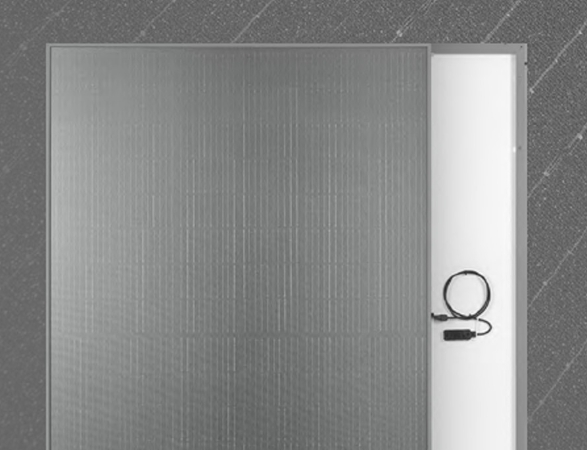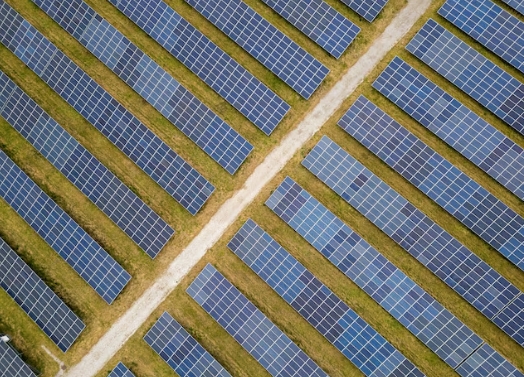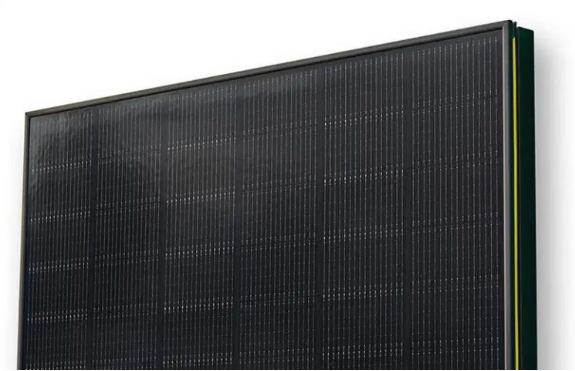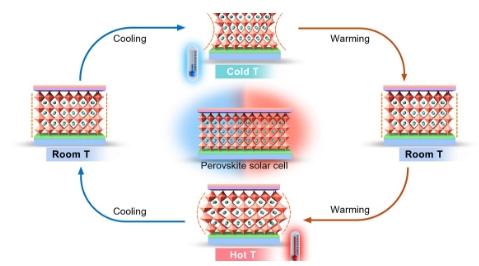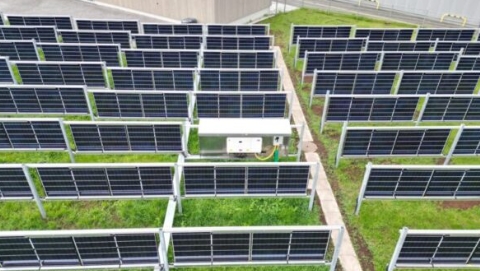The material – BaZrTiS3 – has a light absorption coefficient exceeding 105cm-1, the highest of all solar cell materials including chalcogenide perovskites such as SrZrS3, BaHfS3 and SrHfS3, the scientists claim.
The Japanese team claim to have observed high stability in the material at up to 600 degrees Celsius and under water immersion. Their findings were published in the paper Extraordinary Strong Band‐Edge Absorption in Distorted Chalcogenide Perovskites, published in Solar RRL.
“As a top-cell material of a chalcogenide perovskite/c-Si tandem solar cell, BaZrS3-based alloys – including Ba(Zr0.95Ti0.05)S3 and BaZr(S0.6Se0.4)3 – have been fabricated,” the paper noted. “Our device simulation shows that 38% efficiency can be reached in a BaZrS3-alloy top cell and a c-Si bottom cell architecture with a thin top cell thickness of 550nm.”
Mass production hope
Writing in Advanced Science News, Gifu University professor Hiroyuki Fujiware said the material’s light absorption properties would enable the fabrication of ultra-thin solar cells, and described the material as “quite stable”.
The researchers believe, with proper thin-film formation technology their material could be used in the mass production of perovskite-based PV panels.
In December, researchers from Lehigh University in Pennsylvania announced the results of a study to map the lattice thermal energy transport mechanism of another chalcogenide perovskite for solar and thermoelectric applications – CaZrSe3.
A month later, researchers from the University at Buffalo, in New York state, unveiled a thin film made of chalcogenide perovskite barium zirconium sulfide (BaZrS3) which they claimed demonstrated very strong light absorption and good charge transport.
Metal chalcogenide perovskites, with their non-toxic elemental composition, are known to offer greater thermal and aqueous stability than organic-inorganic halide perovskites.
